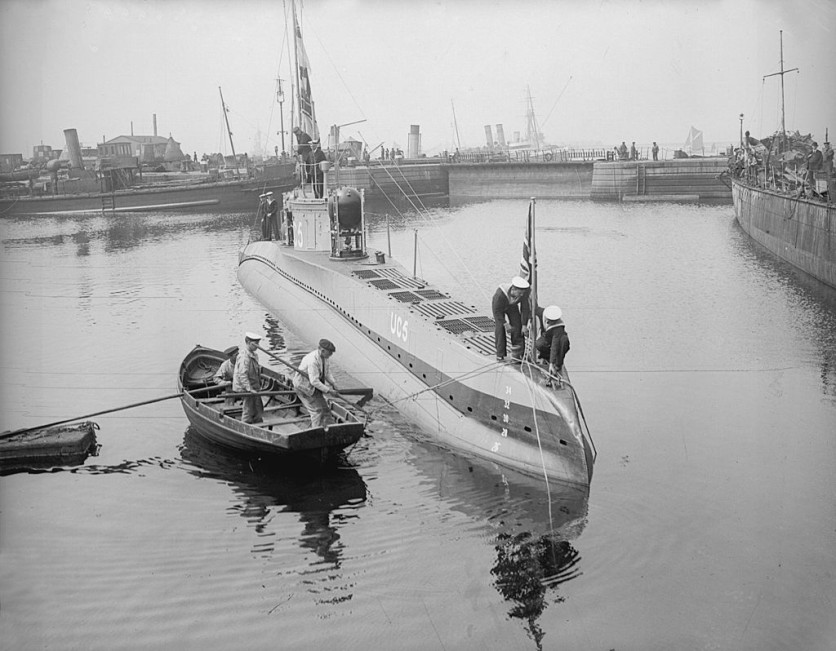During a recent exploration off the coast of Shetland in Scotland, divers discovered a German U-boat from World War One. The term "U-boat" is derived from the German word "unterseeboot," meaning undersea boat.

Discovering WW1 Submarine Wreck
Divers off the coast of Shetland have identified the World War One German U-boat as the SM UC-55 submarine, which was sunk by the Royal Navy in 1917 approximately eight miles southeast of Lerwick, Interesting Engineering reported.
The wreckage was inspected by divers aboard Valhalla's Stromness boat, making them the first to experience exploring the remains of this historical artifact. The U-boat had been involved in laying mines in the convoy channel between Orkney and Shetland but was forced to surface due to a technical fault before it met its demise.
After decades of knowing about the wreck site first detected by scanning equipment in the mid-1980s, Valhalla's owner Hazel Weaver said preparing for this expedition took years, which finally culminated in the dive. Weaver noted that the lingering question had always been whether this wreck matched their initial expectations.
Following an intense three and a half hours with divers exploring the depths down to 110 meters (361 feet), Weaver said they returned with confirmation that the wreck they encountered was indeed the long-sought-after UC-55, ending the mystery surrounding its identity.
WW1 German U-Boat's Situation
Germany employed U-boats during WW1 as a formidable naval force. Germany pioneered the naval submarine business and used these types of submarines to help in its war effort during the First and Second World Wars.
The deployment of these submarines had a profound impact, inflicting substantial harm to both merchant ships and military vessels. Once extensively employed during the two wars, only four U-boats are still preserved and in an intact state today. Many others, like the SM UC-55, rest silently on the ocean floor.
Heritage Daily reported that the SM UC-55 met its demise due to a loss of trim that caused it to sink below its maximum dive depth, leading to some flooding. However, it displayed remarkable resilience as it managed to resurface despite the challenges it faced.
According to Jacob Mackenzie, one of the divers who explored the wreck, the experience was unsettling due to the eerie feeling of being amid the remains of a vessel where some crew members had lost their lives.
BBC reported that the diver also mentioned that while approximately 15 crew members managed to escape, most of the crew remained trapped inside, and "that's very obvious when you're looking around it."
According to Mackenzie, details of the damage recorded in the logbooks of the Royal Navy destroyers that sank the submarine helped the team in confirming the wreck's identity.
"It certainly didn't sink by accident. This was wartime... In the back of your mind as well you have to remember the fact that this is essentially a grave for probably 20 men who didn't make it out alive unfortunately," he noted.

ⓒ 2025 TECHTIMES.com All rights reserved. Do not reproduce without permission.


![Best Gaming Mouse For Gamers With Smaller Hands [2025]](https://d.techtimes.com/en/full/461466/best-gaming-mouse-gamers-smaller-hands-2025.png?w=184&h=103&f=6fd057ef777bd39251d4e7e82e9b23f1)

